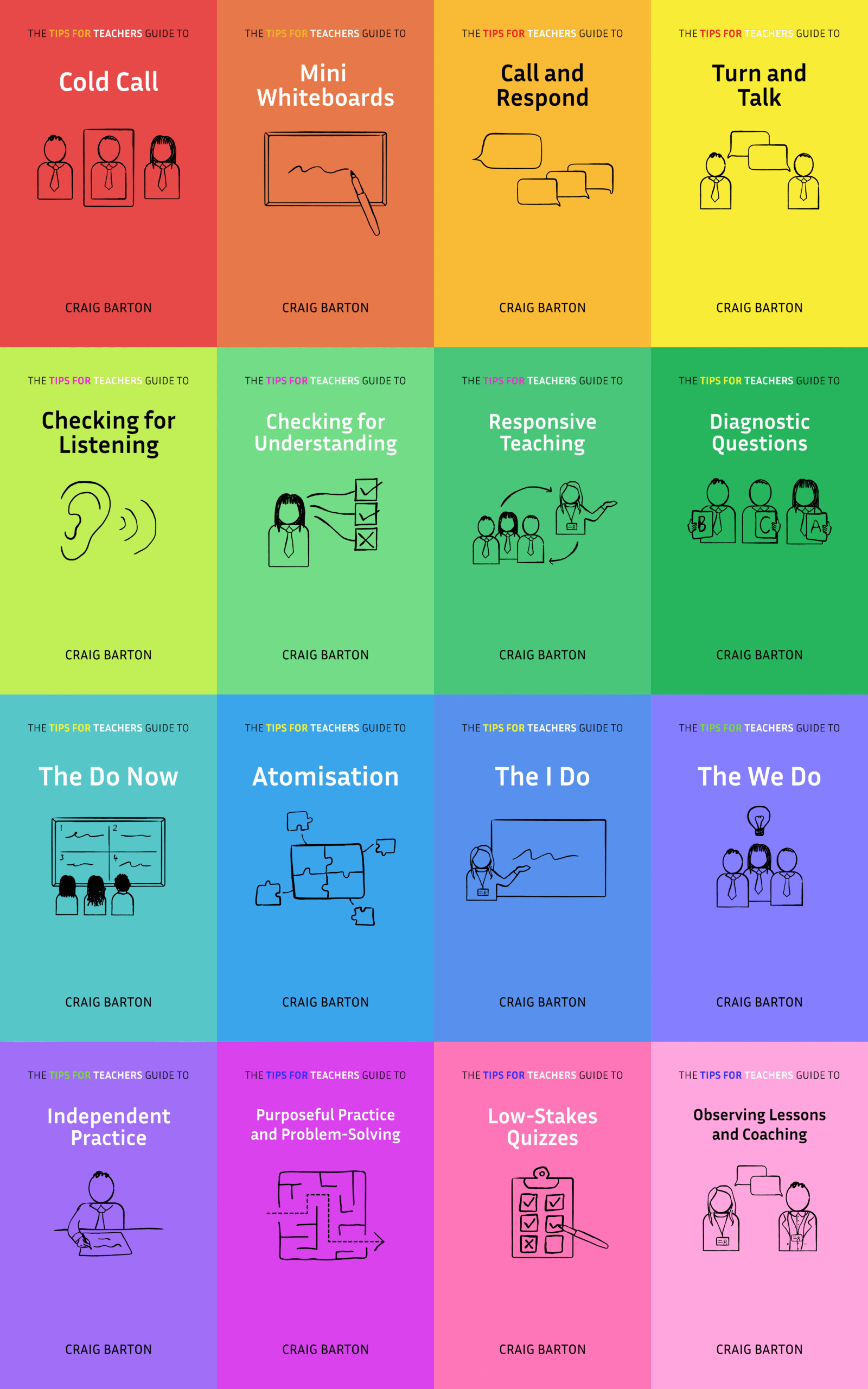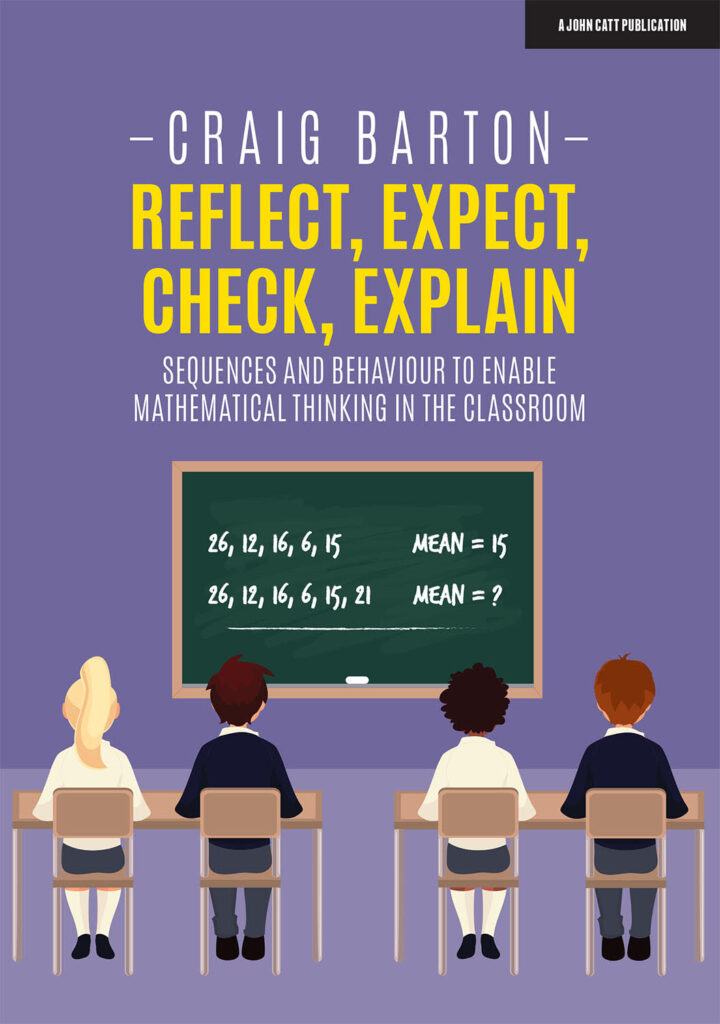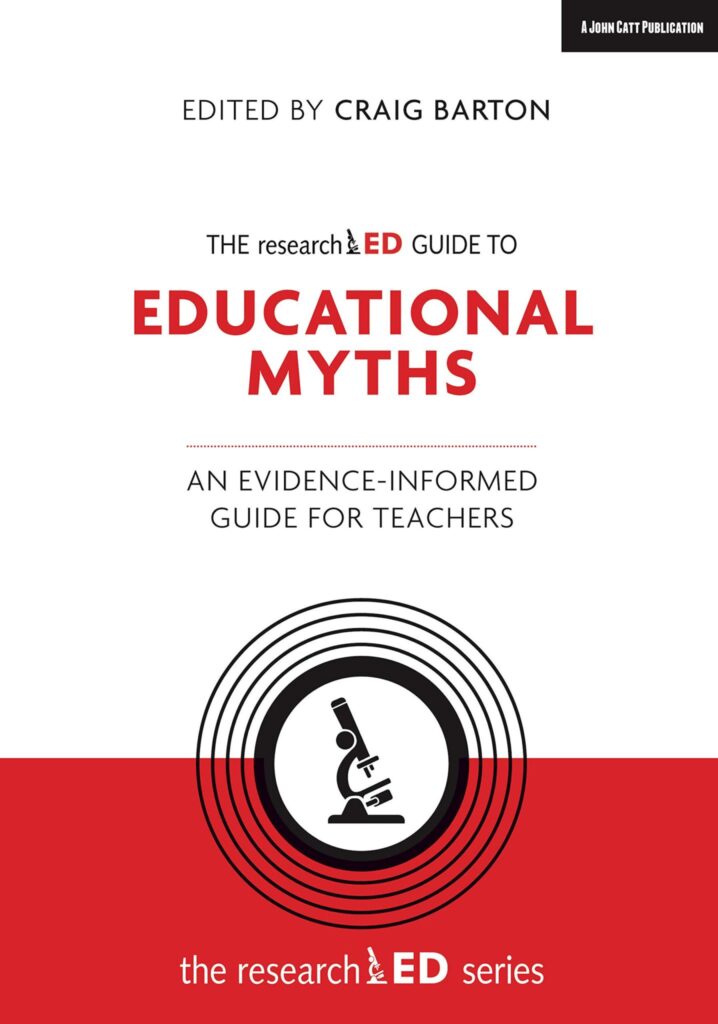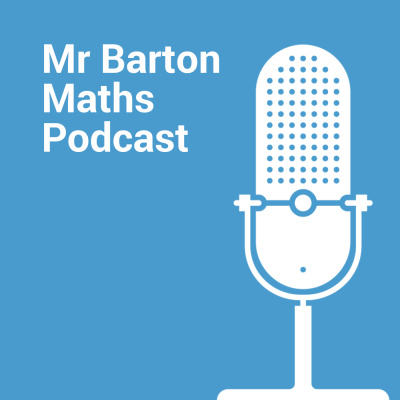
- Title: Nonengagement and unsuccessful engagement with feedback in lower secondary education: The role of student characteristics
- Authors: Jennifer Meyer, Thorben Jansen, Johanna Fleckenstein
- Access the original paper here
- Listen to a deep-dive podcast:
Paper summary
This document is a journal pre-proof of an article titled “Nonengagement and Unsuccessful Engagement with Feedback in Lower Secondary Education: The Role of Student Characteristics” by Meyer, Jansen, and Fleckenstein, slated to appear in Contemporary Educational Psychology. The study investigates why some lower secondary students do not engage with feedback at all, while others engage unsuccessfully by making revisions that do not improve their work. The authors analyze the role of individual student differences, including gender, cognitive abilities, initial task performance, English grade, writing self-concept, intrinsic task value, and conscientiousness, in predicting these two forms of limited feedback uptake in a writing revision task with automated feedback provided to German students.
What are the key implications for teachers in the classroom?
Drawing on the information in the provided source, there are several key implications for teachers in the classroom regarding student engagement with feedback.
- A significant portion of students do not engage with feedback at all, and many others engage unsuccessfully. The study found that 20% of lower secondary students did not make any revisions after receiving feedback (nonengagement), and 47.3% made revisions but did not improve their performance (unsuccessful engagement). This highlights that simply providing feedback is not enough to ensure learning. Teachers need to be aware that a large number of students may not be benefiting from feedback as intended.
- Individual student characteristics play a significant role in how students engage with feedback. The study identified several factors that influence engagement:
- Gender: Male students were less likely to engage and successfully engage with feedback compared to female students. Teachers should be mindful of potential gender differences in feedback processing.
- Cognitive Abilities: Students with lower cognitive ability scores were less likely to engage with feedback. Teachers may need to provide additional support to help these students understand and act upon feedback.
- English Grade (as an indicator of language proficiency): Students with better English grades were more likely to successfully engage with feedback. This suggests that domain-specific proficiency is important for implementing feedback effectively.
- Initial Task Performance: Students with lower initial task performance were less likely to engage with feedback. Interestingly, higher initial task performance was negatively associated with successful engagement. Teachers might need to consider how feedback is received by students with varying levels of prior achievement.
- Intrinsic Motivation: Students who found English writing more intrinsically motivating were more likely to successfully engage with feedback. Fostering students’ intrinsic motivation in the subject matter could enhance their feedback engagement.
- Conscientiousness: Less conscientious students were less likely to (successfully) engage with feedback.
- Computer-based systems can assist teachers in identifying students who need support with feedback. Monitoring student feedback behavior through teacher dashboards can help detect students who are not engaging or are engaging unsuccessfully, allowing teachers to provide targeted interventions.
- There is a need to tailor feedback delivery to individual student characteristics. Recognizing that students engage with feedback differently based on their individual differences suggests that a one-size-fits-all approach to feedback may not be effective. Teachers should consider providing more adaptive learning opportunities and tailoring support to students’ specific needs and learning prerequisites. For students with lower cognitive abilities, simplifying the feedback or providing explanations might be beneficial. Offering additional hints or improvement strategies within technology-based learning environments could also increase successful engagement.
- Teachers should be aware that the type and presentation of feedback matter for engagement. The study found that students were more likely to successfully engage when they received feedback with additional hints and examples. Research on potential interaction effects between specific feedback types and student characteristics is still needed.
- Understanding the different phases of feedback processing is crucial. Students can disengage at various stages: noticing, decoding, making sense of, accepting, and acting upon feedback. Teachers should be aware that nonengagement might stem from issues in the initial processing phase, while unsuccessful engagement might indicate difficulties in the action phase. Future research could provide more insights into these specific phases.
In summary, the study’s findings imply that teachers need to adopt a more nuanced and student-centered approach to feedback. They should be aware of the prevalence of nonengagement and unsuccessful engagement, understand the role of individual differences in these outcomes, and consider using tools and strategies to tailor feedback and support to meet diverse student needs. Recognizing the different phases of feedback processing can also help teachers identify where students are struggling and provide more targeted assistance.
Quote
Findings show that 20% of students did not engage, 47% unsuccessfully engaged in a text revision. We focused on the role of individual differences in feedback engagement








